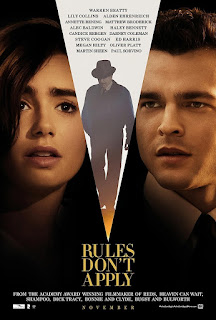The year 2016 continues to take so many beloved cultural figures away from us. The news of Carrie Fisher's passing earlier this afternoon continued the melancholy trend of this infamous year.
The daughter of Hollywood stars Debbie Reynolds and Eddie Fisher, Carrie grew up an introverted child who preferred the world of books. As a teenager she followed her mother's footsteps and pursued acting, making her screen debut in the Warren Beatty film Shampoo.
After the overwhelming success of Star Wars Fisher became known to the entire world as Princess Leia. When casting for Star Wars the director George Lucas narrowed the field down to trios of actors and eventually decided on Mark Hamill as Luke Skywalker, Harrison Ford as Han Solo, and Fisher as Leia. In a special effects heavy film, their three performances added humor and humanity. Fisher did an amazing job of portraying a strong and brave heroine.
In the next two episodes The Empire Strikes Back and Return of the Jedi she continued to add depth to the role. Fisher consistently lamented giving her likeness away for merchandising purposes, but always kept a sense of humor about it. And she was never one to dismiss Star Wars as childish entertainment, but always treated fans and the material with respect.
Outside of Star Wars, Fisher made many more memorable appearances in film and television. She hosted a classic episode of Saturday Night Live, and had notable roles in The Blues Brothers, The Burbs, and When Harry Met Sally. In 2015 she returned as Princess Leia in Star Wars: The Force Awakens.
Fisher also established herself as a talented writer in the 1980s with her excellent autobiographical novel Postcards from the Edge. She was also a much sought out "script doctor" for several movies including Hook and Sister Act.
It's impossible to imagine the original Star Wars films without her, Fisher contributed a special spark and charm to those movies that will be remembered and loved for decades to come.









































